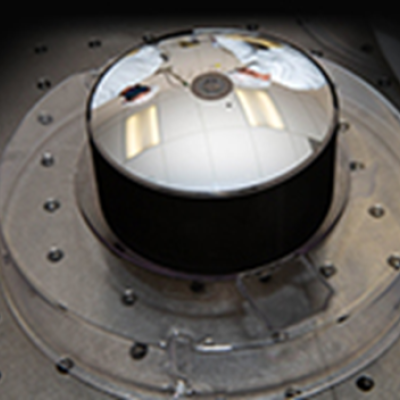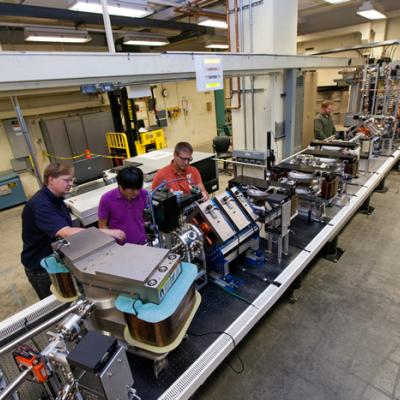This invention circumvents the GMAPD deadtime limitation by using an array of GMAPDs in a non-imaging configuration instead of a single element. By using an array, with sufficient number of elements, guarantees there is always at least one element available to detect an incoming photon even if others are in the deadtime zone.

This invention exploits the non-linearities of optical Mach-Zehnder (MZ) electrooptic modulators to enhance small signal dynamic range at higher bandwidths. A linear photodiode (PD) converts the amplified optical signal output from the MZ back to an electrical signal completing an Electrical-Optical-Electrical (EOE) conversion cycle. The dynamic range can be further enhanced by daisy chaining…

Rapid monolith development at scale is achieved through use of a functionally equivalent optic simulant made from a low-cost material to substitute the functional optic. Monolith optical performance is affected not only by thermal expansion but also by temperature inhomogeneity due to the temperature dependence of refractive index.

This invention achieves both a wider field of view and faster f-number within a monolithic substrate by incorporating an aspheric convex refractive first surface and a planar aspheric field corrector surface on the final refractive surface. These two refractive surfaces work in conjunction with a concave aspheric primary and convex aspheric secondary mirror (e.g. Cassegrain type) to improve…

The selected industrial partner and LLNL will enter into a Cooperative Research and Development Agreement (CRADA) to develop the next generation of laser technologies for MEGa-ray systems and to create a next generation of MEGa-ray sources that could be marketed to both the industrial and academic communities.
The MEGa-ray system developed will be based on LLNL's proprietary, multi-…


